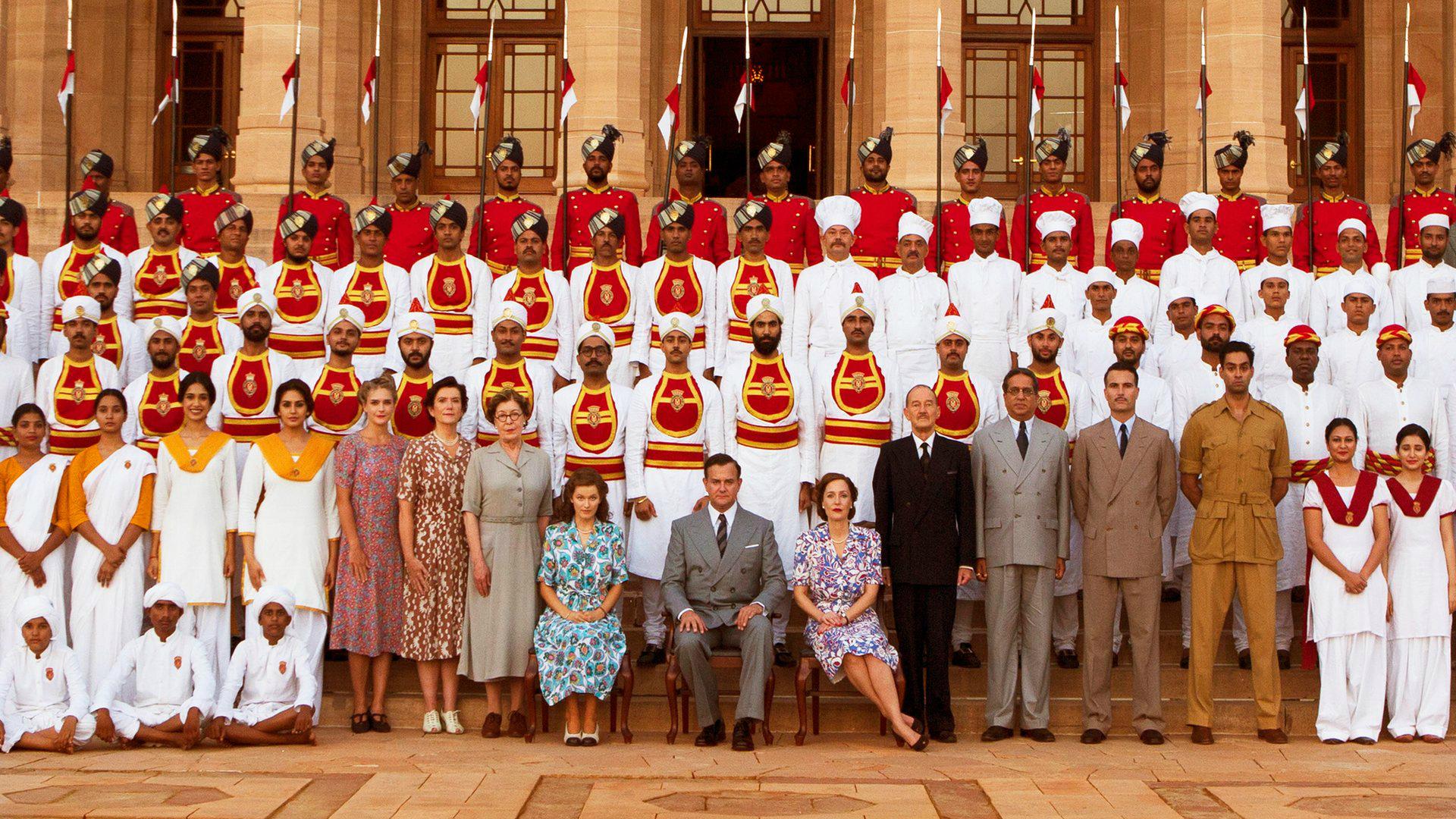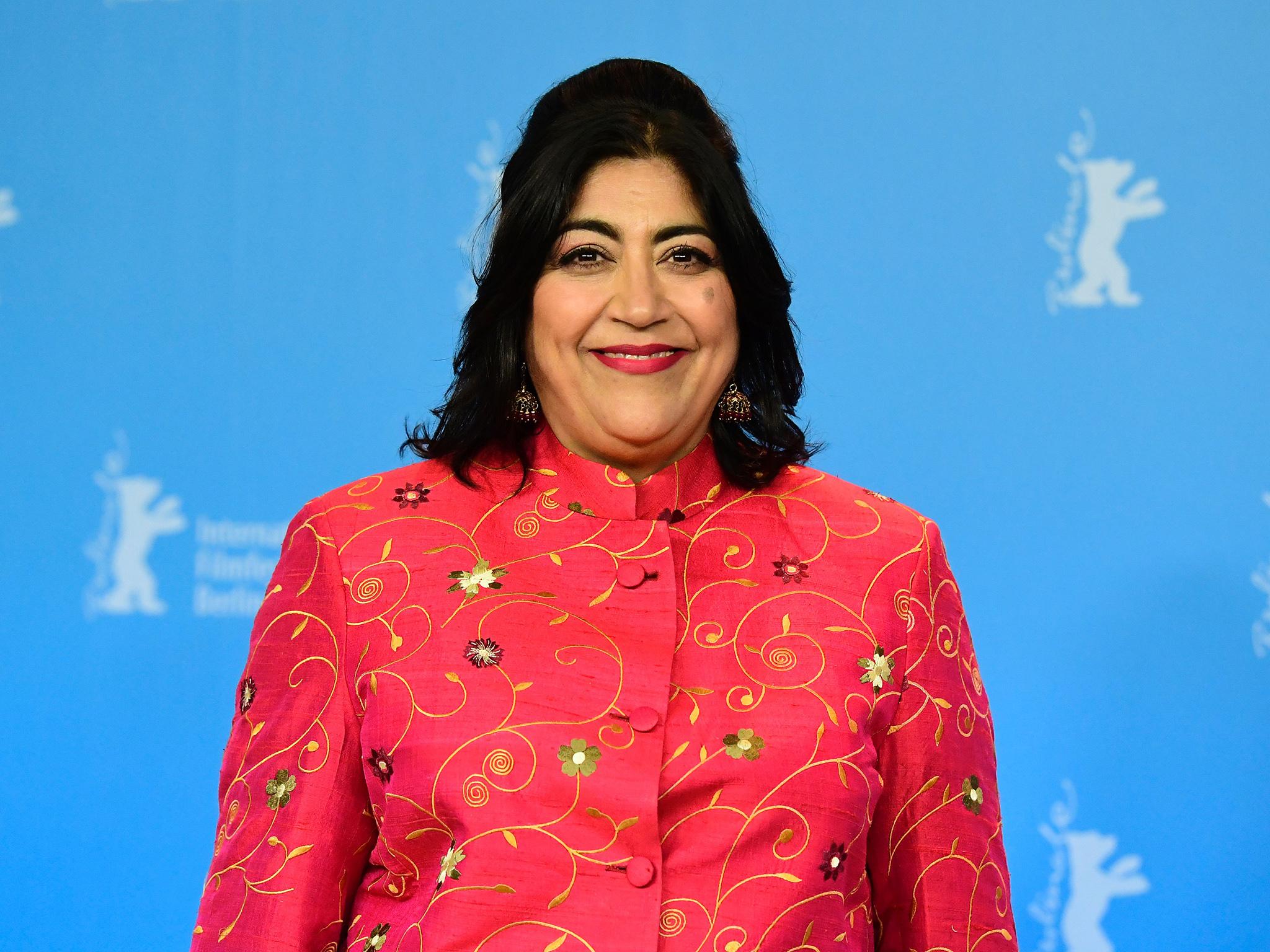Viceroy's House: Telling the story of India and Pakistan's traumatic birth
Gurinder Chadha's new film brings to screen one of the most crucial moments in each country's history

Your support helps us to tell the story
From reproductive rights to climate change to Big Tech, The Independent is on the ground when the story is developing. Whether it's investigating the financials of Elon Musk's pro-Trump PAC or producing our latest documentary, 'The A Word', which shines a light on the American women fighting for reproductive rights, we know how important it is to parse out the facts from the messaging.
At such a critical moment in US history, we need reporters on the ground. Your donation allows us to keep sending journalists to speak to both sides of the story.
The Independent is trusted by Americans across the entire political spectrum. And unlike many other quality news outlets, we choose not to lock Americans out of our reporting and analysis with paywalls. We believe quality journalism should be available to everyone, paid for by those who can afford it.
Your support makes all the difference.We are the children of history. When we tell the stories of our forefathers, we speak also of how we’ve been moulded. The deep wounds left behind by the division of British India in 1947, forming the independent dominions of India and Pakistan, mark not only a crucial moment in each country’s history but in the personal stories of its people.
It shaped the story of Gurinder Chadha, certainly. After partition, her family were forced to flee their homes, her father’s youngest sister starving to death on the journey.
Though her film, Viceroy’s House, may embrace the greater political machinations at work, it becomes also an intimate reflection of the pain suffered by her relatives, their friends and all people caught in the midst of an agonising birth of nations.
The British had occupied India for more than 300 years. In August 1947, however, they decided to leave for the simplest of reasons: the Second World War had stripped them of the resources needed to sustain control over the territory. What they left behind was a nightmare of their own making, one seemingly impossible to repair by this point.
Britain’s empire, of course, lived by the phrase “divide and rule” and India proved no outlier, with a great divide slowly carved between the major religions in the country – Hinduism and Sikhism vs Islam – to keep them all weak and under their will, too busy fighting each other instead of their oppressors.
These were people who had peacefully coexisted for several millennia before an empire had begun to define “communities” by religious population, separated by different schools, textbooks and elections, slowly building the myth that a free, united India could exist only as a dream.
When independence finally loomed, Muhammad Ali Jinnah, the leader of the Muslim League, began to demand a separate Pakistan out of fear his people would become second-class citizens in an independent India; while in turn promising Pakistan would grant religious freedom to all.
Where would the border between a separate Pakistan and India fall, however? Especially when both the Punjab and Bengal shared a near-equal mix of Muslims and Hindus. Furthermore, relations between Jinnah and the other two prominent leaders, Mohandas Gandhi and Jawaharlal Nehru of the Hindu-dominated Congress Party, had become particularly poisonous.
Chadha’s film leaps into the midst of this conflict, specifically in the arrival of Lord Louis Mounbatten to Viceroy’s House in March, 1947; instructed to fill in the role as the last Viceroy to India, tasked with ensuring a smooth transfer of imperial power.
What he arrived to, however, was a nightmare: a ticking time bomb that saw sectarian violence increasing by the day, though too swift an exit would threaten to destroy any chance of healing those wounds. Mountbatten would leave behind, too, a nation with a woefully neglected infrastructure, in which 92 per cent of its population was illiterate and around half its children would die before their fifth birthday.
The trauma of such unspeakable violence concentrated itself in the contested states of the Punjab and Bengal, places where massacres, arson, forced conversion, mass abductions, and brutal sexual violence became a daily occurrence.

An estimated 75,000 women were raped, with many also disfigured and dismembered. In 1946, a massacre in Calcutta cost 5,000 lives. With the added pressure of the British, Gandhi and Nehru eventually agreed partition to be the only solution to end such chaos.
In June 1947 an announcement was suddenly made that 15 August would mark the official transfer of power, 10 months earlier than expected. Cyril Radcliffe, the British judge enlisted to draw the borderline, was given only 40 days to complete such a momentous task; with the final border eventually being revealed two days after India’s independence.
It was a hastened compromise that would leave all parties dissatisfied, particularly in how carelessly the Punjab and Bengal had been divided.
The border struck itself across maps like the scar it embedded deep within both countries, even in the moment of their birth; sparking one of the greatest migrations in human history, seeing 14 million people displaced and more than a million die, as Muslims trekked to Pakistan and Hindus and Sikhs to India.
The partition did not bring an immediate end to the violence either, as trains of refugees fleeing the violence were met with only more violence, their carriages repeatedly ambushed and their passengers slaughtered.
Viceroy’s House itself focuses on individual stories, not only of Mountbatten but of a fictional love affair between a Hindu man and a Muslim woman threatened to be torn to shreds when the partition descends and they must choose their love for each other and their loyalty to their family.
In a way, Chadha’s focused vision is a way of digesting a horror which can seem so incomprehensible, but which has become so central to the modern identity of the Indian subcontinent.
Viceroy's House is out now
Join our commenting forum
Join thought-provoking conversations, follow other Independent readers and see their replies
Comments